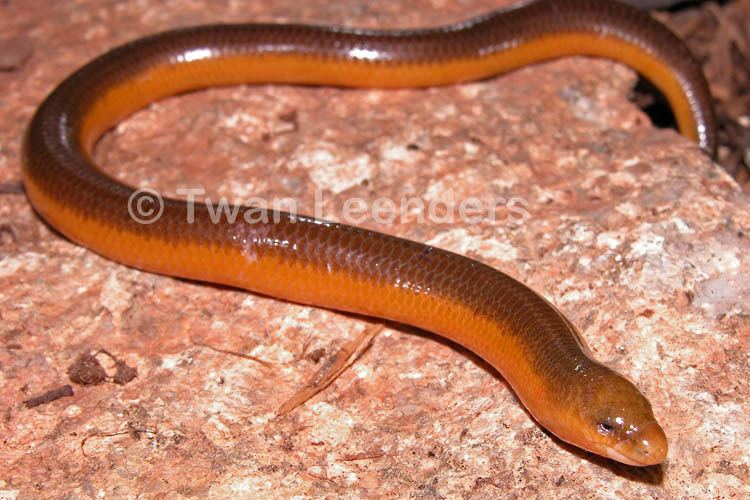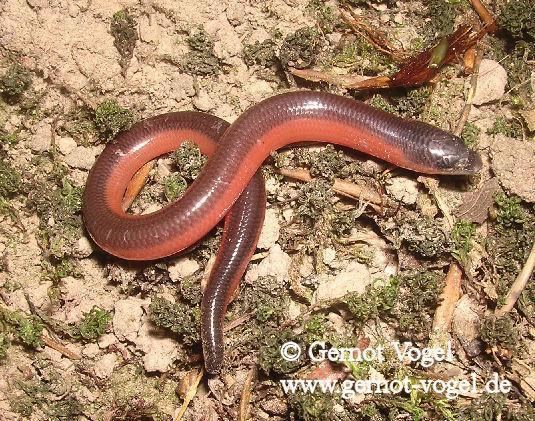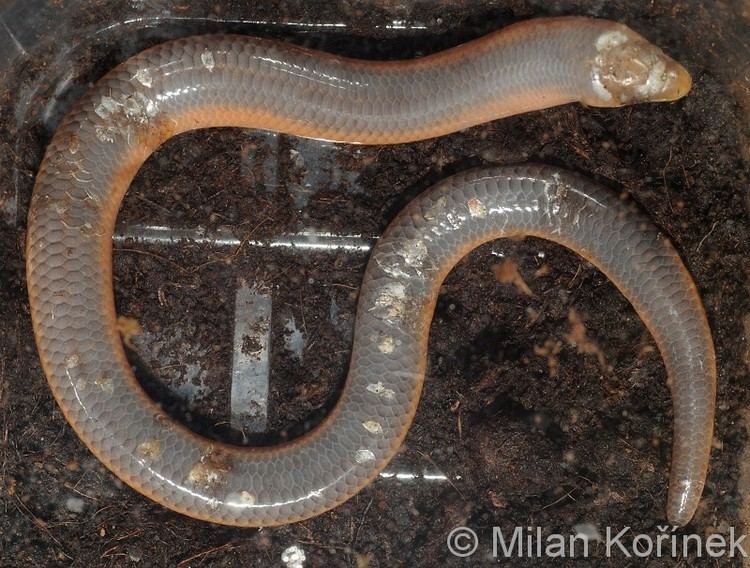Family Scincidae Rank Species | Class Reptilia Genus Acontias Phylum Chordata Order Scaled reptiles | |
 | ||
Similar Acontias, Acontias breviceps, Scaled reptiles, Typhlosaurus | ||
Building a vivarium for a legless lizard acontias percivali
Acontias percivali, also known as Percival's legless lizard, Tanzanian legless lizard, and Percival's lance skink, is a small, legless (snake-like) species of lizard in the family Scincidae, collectively known as "skinks".
Contents
- Building a vivarium for a legless lizard acontias percivali
- Etymology
- Geographic range
- Habitat
- Subspecies
- Description
- Reproduction
- As pets
- References

Etymology

The specific name, percivali, is in honor of British naturalist Arthur Blayney Percival (1874–1940), who was a game warden in East Africa.
Geographic range

The geographic range of A. percivali is limited to continental Africa and includes regions of Angola, Botswana, Kenya, Namibia, South Africa, Tanzania, and Zimbabwe.
Habitat
Percival's lance skink inhabits savannas by burrowing just below the surface of the soil.
Subspecies
The three subspecies of A. percivali are:
A. p. occidentalis has been considered a full species by Lamb et al. (2010) and by Wagner et al. (2012).
A. p. tasmani may be a subspecies of Acontias meleagris as seen after DNA sequencing tests.
Description
Percival's lance skink can be identified by its copper-brown back and gold underside. It is an insectivores that specializes in feeding on beetle larvae, earthworms, and other slow-moving invertebrates.
Reproduction
A. percivali is ovoviviparous and has one to five young at a time.
As pets
Although this animal is poorly understood, it is occasionally seen in pet shops. Most Acontias specimens in the pet trade are wild-collected. In captivity, they require a deep layer of sandy substrate and hollow hiding places on the surface. Captive breeding may be possible, but currently has not been accomplished commercially.
